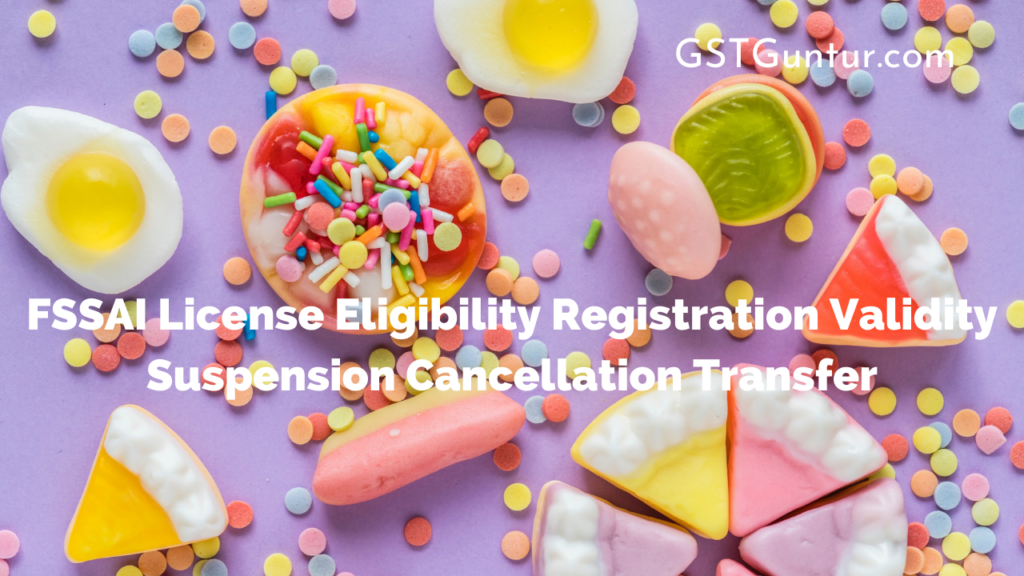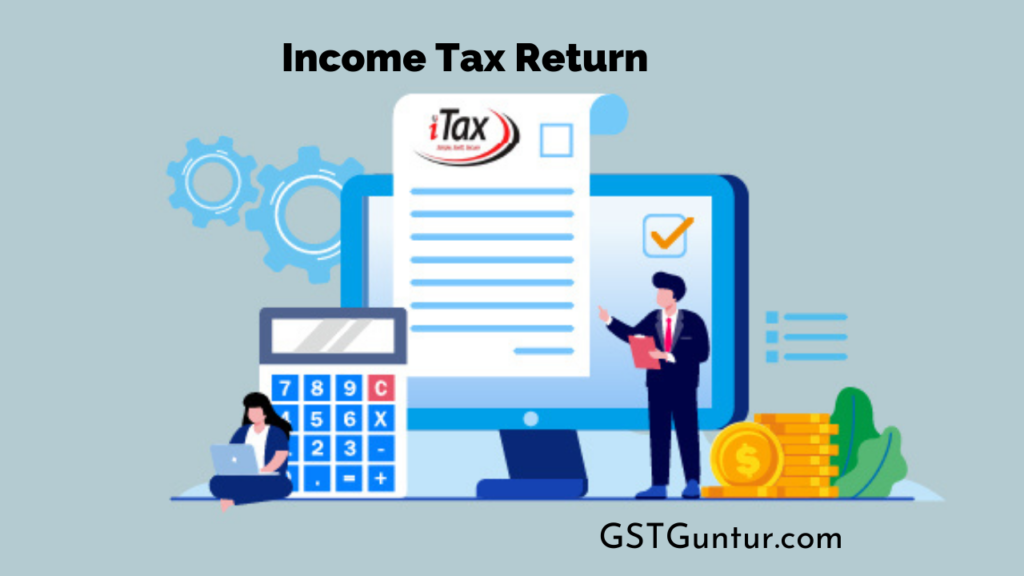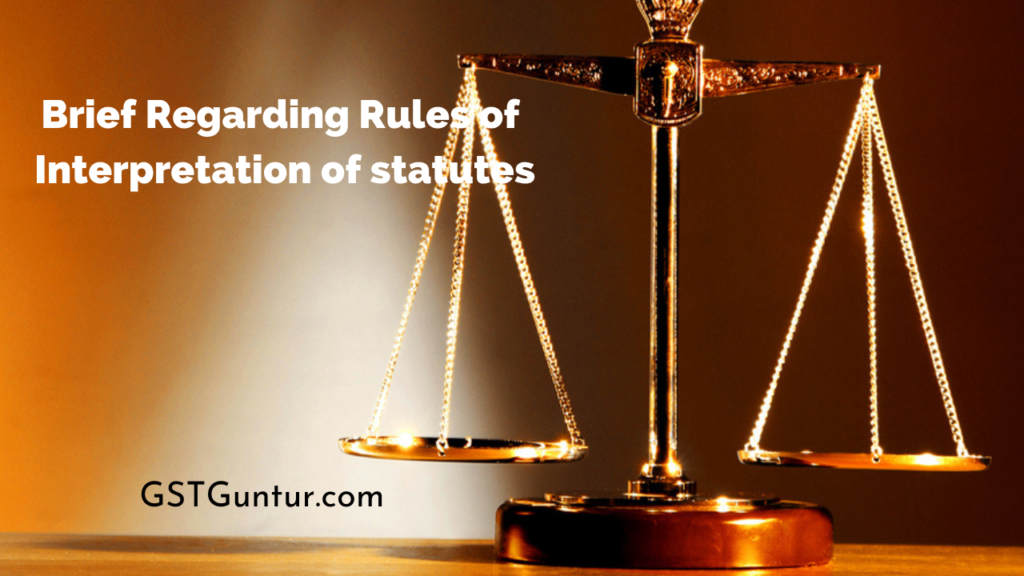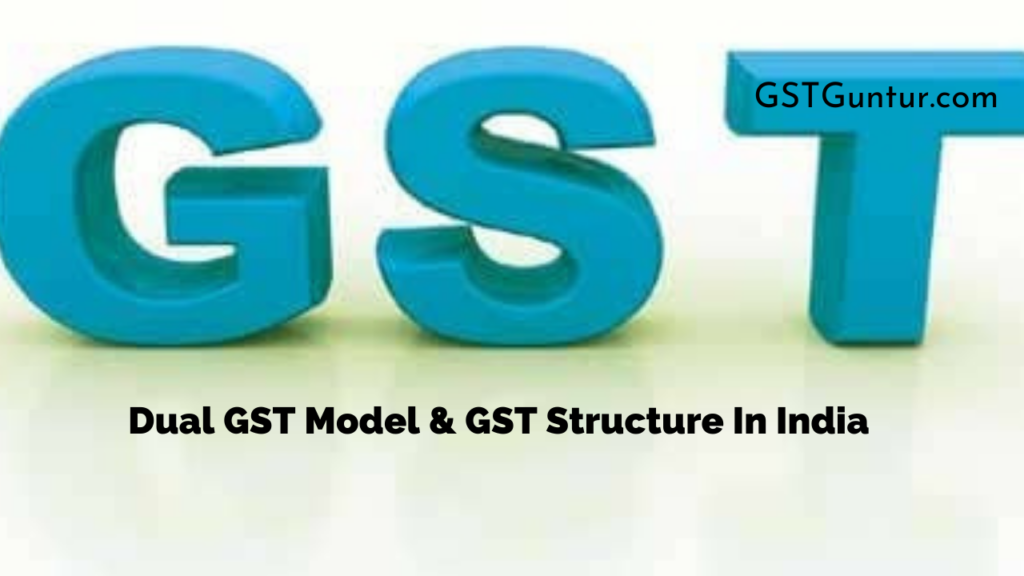Bigamy Punishable Offence India: Marriage is defined as a pure sacrament, especially in our Indian culture, a bond that binds two people for the rest of their lives, unlike in other countries, where marriage is a contract. However, there are some cases in which a person in a marital relationship cheats with another person and enters into a new marriage bond during the other partner’s lifetime, also known as a crime. It is immoral for a first partner to start a new life at the expense of the previous partner’s pleasure and peace in the marriage.
How Did the Indian Penal Code 1860 Define “Big Marriage”?
- Section 494 of the IPC provides concerning “Bigamy”, “Whoever, while living with a spouse, remarries that in the event of such spouse’s life if such marriage is annulled, he shall be liable to imprisonment for a term which may extend up to seven years and also impose a fine. Bigamy is illegal because it is an undetected and bailable offense in India.
- The Indian Penal Code also recognizes the fact that cheating has taken place on behalf of the relevant second spouse to suppress the facts about the previous marriage and the person who does so is punishable under Section 495 of the IPC. A fine of up to ten years should be imposed along with imprisonment.
Such a section does not apply in the following circumstances-
- Whether the marriage has been declared null and void by a competent court,
- Any person who has been married in the life of an ex-spouse, such spouse, at the time of subsequent marriage, shall not attend any service continuously for seven years and such person shall not serve. The person who entered into such a marriage is heard to be alive at the time,
- Before such a marriage takes place, she informs the person to whom the marriage took place, to the best of her knowledge, of the true state of affairs.
Background
In India marriage is considered as an inseparable bond that binds two lives together, religiously and socially they are called one entity. The “Rigveda”, the basis of Hindu law in India, states that “a man’s life is incomplete without a wife, with whom he performs all religious ceremonies and attains salvation”. “.
Therefore, Hinduism does not explicitly allow marriage more than once,but historical facts show that ancient rulers, wealthy merchants, and kings had more than one wife (including mistresses and mistresses). It is quite unclear how the Bigami practice began and who introduced it to the public, a practice so common that the British colonial empire in India may have allowed Islamic provinces to have multiple wives. , The custom of marrying two or more people was common among the Hindu rulers, the wealthy zamindars as well as the commoners of the time.
Although this is the secret that introduced the practice of bigamy, the historical facts indicate that their religion allows a maximum of four wives at once, even among Hindus, Sikhs, and Sikhs. Widely popular. Even Christians and Buddhists. Typically, wealthy landlords, merchants, kings, and rulers had more than one wife (including mistresses and mistresses) in the past. For example, the “King of Punjab” Maharaja Ranjit Singh is believed to have had four wives and seven mistresses in the Sati tradition, and when he was cremated in Lahore and his tomb, there were monuments like his Kalash.
Why is the Practice of Sati so Common?
The following are some common causes:
- Ancient society was primarily a patriarchal society where women had to accept the wishes of the male head of their family.
- The low status of women in society.
- The absence of any prohibition in this matter is partly due to the division between land laws and religion (since the priest is the religious head and the king is the “head of justice”)
- The pressure of “MALE CHILD.”
Is This Provision Different From Banning Bigamy Based On Religion Or Region? Personal Law In India Prohibits “Bigamy”
- Section 1 of the Hindu Marriage Act, 1955 – sub-sections (a), (b), and (c) specify which specific religions and persons are covered under this Act. Thus, under Section 17 of the Hindu Marriage Act, a person who is considered a Hindu and remarries in the life of the first spouse is punishable under the Indian Penal Code.
- Second Parsi Marriage and Divorce Act- Section 5 of this Act declares Bigamy null and void or void and imposes fines under Sections 494 and 495 of the Indian Penal Code.
- Christian Marriage Act – Although there are no specific provisions for bigamy in the Christian Marriage Act, the registered marriage form is for bachelor/spinster and widow/widowers only. Section 60 sub-section (2) for the marriage certificate states that “neither the wife nor the husband of the person seeking marriage shall be alive” and that it is punishable under section 193 of the IPC to make a false oath or statement. Marriage is deemed invalid under this Act.
- Special Marriage Act 1954 – Section 44 of this Act prescribes punishment for bigamy and provides punishment under sections 494 and 495 of the Indian Penal Code.
- Foreign Marriage Act 1969- Section 19 of this Act provides for punishment and punishment for adults under sections 494 and 495 of the Indian Penal Code.
- Muslim Marriage Act – There is no code or specific provision for this law. The Qur’an says a Muslim man can marry two, three, or four times, if they can treat each wife equally with respect after marriage, not just one. The rest of the Muslims in the country are subject to the provisions of the Muslim Personal Law (Sharia) Application Act 1937 as explained by the All India Muslim Personal Law Board.
- Provisions for Scheduled Tribes and Castes- The Constitution of India is of the view that traditional customs and cultural practices should not be harmed as special protection is accorded to the socially backward sections of the society. Therefore, under Section 2 (2) of the Hindu Marriage Act, “Nothing herein applies in the sense of Article 366 (25) of the Constitution except to the Central Government, by notification in the Official Gazette, otherwise direct.”
Also, punishment for such crimes can be considered by looking at the “rituals” of such a community or religion. The Supreme Court of India, upholding the earlier judgment of the Delhi High Court, held that “in the absence of specific requests, evidence, and testimonies of ‘practice’ alleging invalidation of a second marriage, there is no offense.
- However, Article 3 of the Goa Family Act 1867 provides for the following laws which are somewhat different from the Hindu Marriage Act –
- “Marriage joined by a non-Jewish Hindu within contemporary marriage shall not have a civil effect; except in the following cases-
- Complete absence of problems until the wife of a previous marriage reaches the age of 25 years.
- Complete absence of a second male problem, the previous wife completed 30 years, and minors, ten years elapsed from past pregnancy;
- Separation on any legal basis if the wife goes ahead and there is no male problem,
- Divorce of previous marriage as given in Article 5.
Bigamy or polygamy among Hindus is sometimes accepted as a practice in some rural areas, often with the consent of previous wives. In the 2005-06 National Family Health Survey (NFHS-3) 2 percent of women reported that their husbands had wives other than their own, indicating that despite such laws, the practice was still prevalent in many parts of India. To be continued.
Rules of Court on Bigamy
Can a man change his religion to get married?
Sarla Mudgal v. Union of India, 1995 AIR 1531 SC
The Supreme Court of India ruled in its landmark judgment that “any man (initially not a Muslim who converts his religion to Islam with the sole intention of marrying a second wife without legally divorcing her) is considered null and void and will be punished in the same way as he is punished if he does not change his religion.”
Such person shall be liable to imprisonment and fine and the sentence provided under section 494 shall not be reimbursed with the sentence given in section 495. The second wife has no right or share in the husband’s property, but can claim interim management from her husband.
In Lakshmibai Vs Ayodhya Prasad
The strict spelling of ‘wife’ and ‘husband’ is not given as used in Section 24 of the Hindu Marriage Act. Expression is the person who claims to be the wife or husband of the party.
What is the Legal Status of Such a Large Marriage?
The Hindu Marriage Act, 1955, stipulates that the basic condition for a legally valid marriage is that neither party must have a spouse at the time of marriage. In this case, according to Hindu marriage law, marriage must be-
- According to customs and rituals,
- Spouse of first marriage legally married spouse;
- The second marriage is taking place on the date of the second marriage.
In a typical Indian society, a second woman is not usually seen as equal to the respect given to the first wife, and with this social stigma comes an empty marriage and someone who can undoubtedly experience the immense pain of being cheated on in marriage. Very frustrating for the woman too.
Even if the second wife is not given legal recognition, she is likely to receive maintenance from her husband and after amending the provisions of the Family Laws, a provision has been made regarding the legality of issues arising from the marriage. Section 16 of the Hindu Marriage Act 1955, which states that children born out of a large marriage are fully valid.
Also, in the absence of clear provisions by law, children are entitled to maintenance from their father, although they (the second wife) are more likely to receive rights at the discretion of the judges.
Where is the Solution?
In the landmark judgment of the case, Mohad. Ahmed Khan v Shah Bano Begum (1985) and Sarla Mudgal v Union of India, 1995 Air 1531 SC
The court ruled that some mischievous individuals in the community were trying to exploit legal loopholes and that the “uniform civil code” needed to be enforced nationwide, but regretted that Article 44 was a “dead letter”. Remains. Support from all sections of India but Dr. BR. Ambedkar’s attitude that “the UCC is desirable, but for the time being must be voluntary” has been out of the debate in the Constituent Assembly for years. Therefore, the UCC cannot be implemented in India unless there is support from all quarters.
But what does the Uniform Civil Code say? According to Article 44 of the Directive Principles of the Constitution, “India seeks to provide its citizens with a uniform civil code (UCC) across the territory of India, which includes matters relating to marriage, divorce, maintenance and civil law there. There are uniform laws.
Therefore, the subject of the Uniform Civil Code can be considered as a topic of discussion given its advantages and disadvantages. Despite the problems with other regulations that enforce the UCC for the country, it certainly provides a legal barrier against “bigamy” and discourages such large relationships. But, the uniform conscience across the country has not yet reached this level.
Prohibition Granted
There is currently no such law to bring a petition against the husband to prevent the wife from remarrying, although the jurisdiction lies in the case where the wife permanently forbids her husband from remarrying. . Civil court to try a claim that is not exempt from Hindu marriage law.
Who can sue? The petition to declare the emptiness of the second marriage may be filed only by the parties to the marriage and not by the first wife.
Conclusion
In a country with different customs, languages, and religions, it is widely accepted that people benefit from legal loopholes, for example, to ensure that a person can change his or her religion and marry fraudulently. Have two wives at once, by converting their religion to Islam they are allowed to have four wives at once. It has been repeatedly stated in recent years that all religions emphasize the love, respect, and support of women and that they should not be used as a “tool for manipulation and exploitation” and that no religion should go beyond the moral norms for misconduct of “bigamy”.










